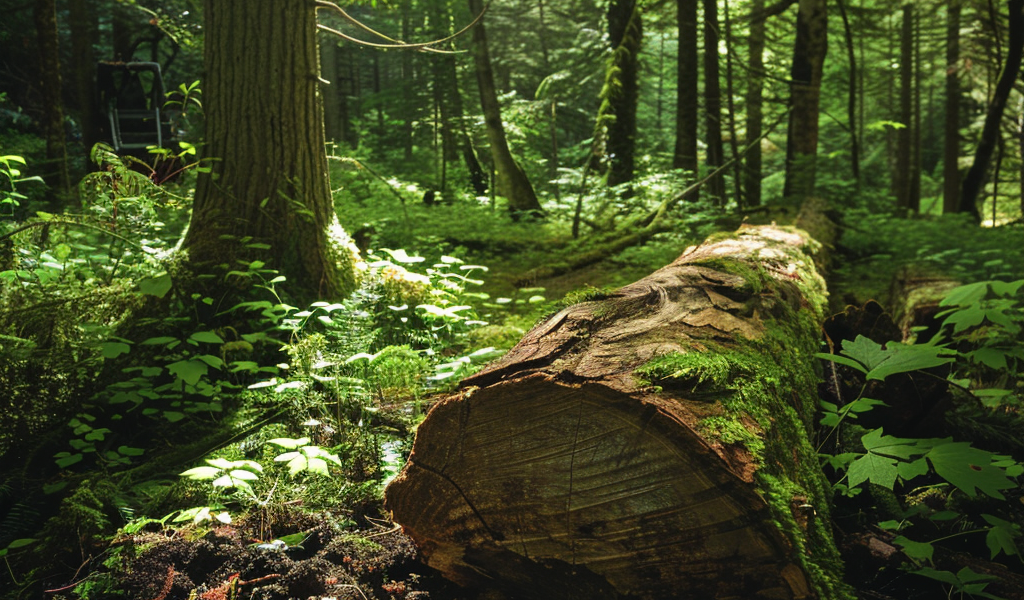In a groundbreaking study published in the journal Science, researchers have unveiled an astonishing discovery that could potentially alter our approach to climate change mitigation. A remarkably preserved log, estimated to be around 3,375 years old, has provided new insights into the carbon storage capabilities of trees, particularly after their death.
Trees play a crucial role in sequestering carbon throughout their lifespans. However, a well-known challenge arises when these trees die, as they tend to release the carbon they stored back into the atmosphere. This phenomenon raises questions about the long-term effectiveness of tree planting as a solution to climate change. Yet, the recent findings suggest that there may be alternative methods to retain carbon even after a tree has died.
The ancient log, identified as Eastern red cedar (Juniperus virginiana), was discovered buried in clay soil with low permeability, which significantly inhibited the decomposition processes typically caused by fungi, insects, and oxygen exposure. Remarkably, the log lost less than 5 percent of its original carbon dioxide content, showcasing the potential of a technique known as “wood vaulting.” This method involves deliberately burying dead trees in specific soil types to trap greenhouse gases underground.
Professor Ning Zeng from the University of Maryland, who led the study alongside colleagues from McGill University in Montréal, described the discovery as “kind of miraculous.” The log was found during a pilot project focused on wood vaulting in Quebec, Canada, when an excavator unearthed it from a depth of approximately 6.5 feet. Zeng recalled the moment, stating, “You could tell how well it was preserved. I remember standing there thinking, ‘Wow, here’s the evidence that we need.'” This unexpected find has invigorated the research into the potential benefits of wood vaulting as a climate change solution.
The implications of this study are significant, particularly in the context of ongoing discussions about climate change strategies. While planting trees is widely recognized as a beneficial practice for carbon storage and urban cooling, the release of carbon upon tree death has always been a concern. The findings from this ancient log suggest that by utilizing specific burial techniques, we may be able to mitigate this issue and enhance the effectiveness of tree planting initiatives.
Furthermore, the research underscores the importance of preserving natural ecosystems that can contribute to carbon sequestration. As urbanization continues to expand, integrating green spaces and tree planting into city planning becomes increasingly vital. The dual benefits of reducing carbon emissions and cooling urban environments through tree cover cannot be overstated.
In addition to its environmental advantages, the concept of wood vaulting could also open new avenues for carbon credit markets. By demonstrating the effectiveness of this technique in preserving carbon, it may become possible to create incentives for landowners and municipalities to adopt wood vaulting practices, thereby contributing to broader climate goals.
As scientists continue to explore innovative solutions to combat climate change, the discovery of the 3,375-year-old log serves as a reminder of the potential hidden within our natural resources. It highlights the need for ongoing research into methods that can enhance carbon storage and retention, particularly as the world grapples with the pressing challenges posed by climate change.
Overall, this remarkable find not only sheds light on the carbon dynamics of ancient trees but also encourages a reevaluation of our current strategies for tackling climate change. As the global community seeks effective solutions, the ancient log may hold the key to preserving carbon and combating the climate crisis more effectively.





